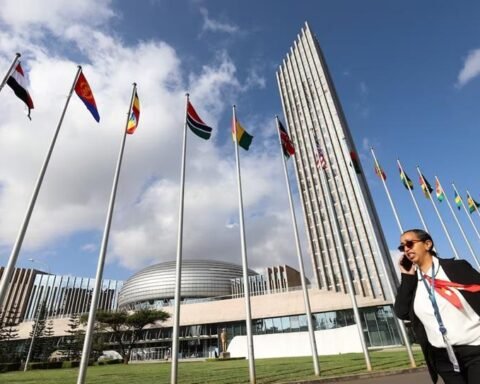The government of the United Republic of Tanzania officially unveiled its new Vision 2050, a long-term national development strategy designed to guide the country toward becoming a high-income economy by mid-century.
This strategic framework succeeds the Tanzania Development Vision 2025 and has been praised for its inclusive, citizen-led approach that captured insights from over 1.17 million Tanzanians.
Delivering remarks during the launch, Prof. Kitila Mkumbo, the Minister of State in the President’s Office for Investment, said the formulation of Vision 2050 was uniquely participatory. He highlighted that the majority of participants in the opinion-collection process were youth between the ages of 15 and 35, a group that will experience the full impact of the new vision.
Methods used to gather public opinion included nationwide household surveys, digital platforms, community forums, and youth innovation camps, ensuring wide representation across regions, income levels, and age brackets.
Retired Leaders and Business Icons Involved
Former Tanzanian president Jakaya Mrisho Kikwete commended current President Samia Suluhu Hassan for leading a transparent and inclusive process. “This vision involved every layer of society—retired leaders like myself, youth, women’s groups, professionals. That’s what makes it powerful,” Kikwete remarked.
On behalf of the private sector, prominent businessman Rostam Aziz urged the government to establish a Talent Development Fund of $100 million annually, focusing on emerging sectors like artificial intelligence, data science, finance, and engineering. His proposal aims to support 1,000 top-performing young Tanzanians each year through advanced education and mentoring.
Dr. Fred Msemwa, Executive Secretary of the National Planning Commission, emphasized that Vision 2050 was entirely funded by the government and executed by local experts. He pointed out that all 12 stages—from conceptualization and analysis to stakeholder validation—were carried out without external consultants, reflecting national ownership and pride.
Also Read; Trump Scales Back Troops Amid LA Backlash
Supporting his remarks, Dr. Tausi Kida, Permanent Secretary in the President’s Office, said the inclusive process ensures that Vision 2050 is not just a policy framework but a shared national mission.
Key Aspirations of Vision 2050
The vision aims to position Tanzania as a digitally advanced, sustainable, and globally competitive economy. Key targets include:
- Achieving a GDP per capita of US $12,000 by 2050;
- Sustaining an annual economic growth rate above 8%;
- Improving human development indicators such as life expectancy (targeting 80 years) and literacy rates;
- Promoting good governance, transparency, and democratic values;
- Supporting green industrialization and climate resilience;
- Encouraging STEM education, innovation, and entrepreneurship.
The plan draws inspiration from other long-term models such as Malaysia’s Vision 2020, Botswana’s Vision 2036, and Mauritius’ Vision 2030, while remaining grounded in Tanzania’s unique socio-economic context.
With the Tanzanian Parliament having adopted the blueprint in June 2025, implementation is set to begin on July 1, 2026. Ministries, private sector actors, development partners, and civil society organizations are now expected to align their programs with the Vision’s long-term pillars.
“This is not just a roadmap. It’s a promise—a contract with every Tanzanian,” said Prof. Mkumbo. “If we work together, the next 25 years can be the most transformative period in our country’s history.”







